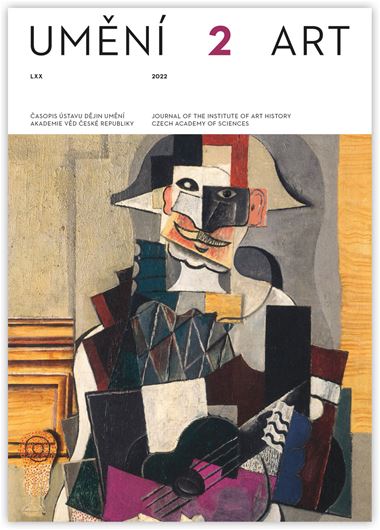Jindřich Vybíral
The History of Style as Conceived by Renate Wagner-Rieger
Renate Wagner-Rieger’s Wiens Architektur im 19. Jahrhundert was one of the first empirical studies to accept the historicist architecture as a fully valid subject of art history. As this previously rather despised phenomenon began to attract the interest of scholars, Renate Wagner-Rieger’s studies served them as a guide in their efforts to produce a historically objectively interpretation. Historians of architecture adopted her scheme of periodisation and the descriptive tools that she used to characterise particular degrees of the style. Wagner-Rieger applied to 19th-century material the method of analysis of form that 20th-century architectural historians had developed for the study of earlier architecture, and this enabled her to turn attention from the decoration of facades to much more complex constellations of form. As she conceived it, however, form retained a marked measure of independence of external factors including economic and political conditions. Wagner-Rieger saw the history of art as the history of aspects of form and she identified periods in art on the basis of purely morphological observation on the model of classification in the natural sciences. This article focuses on the analysis of the conceptual framework of this kind of methodology, describes its genesis and critically assesses its adequacy. Wagner-Rieger identified with the orthodoxy represented particularly by Franz Wickhoff and Alois Riegl, which most of her contemporaries rejected. Her formalism appears extreme even in the context of the then Vienna School, which was quite conservative on questions of method. One inevitable consequence of this approach was the proliferation of discrepancies between Wagner-Rieger’s observations and the theoretical framework. The author points these out and shows the unsustainability of the reductive model of interpretation. Renate Wagner-Rieger’s book is a pioneering work on 19th-century architecture, but its strength and lasting value rests more on the method of singular observation and in analytical approach than on its universal judgments.
Author's email:
vybiral@vsup.cz
DOI: HTTPS://DOI.ORG/10.54759/ART-2022-0202
Full-text in the Digital Library of the Czech Academy of Sciences:
https://kramerius.lib.cas.cz/uuid/uuid:b9b1c5cb-7baa-4700-bd32-3b952c3ac629
< back

